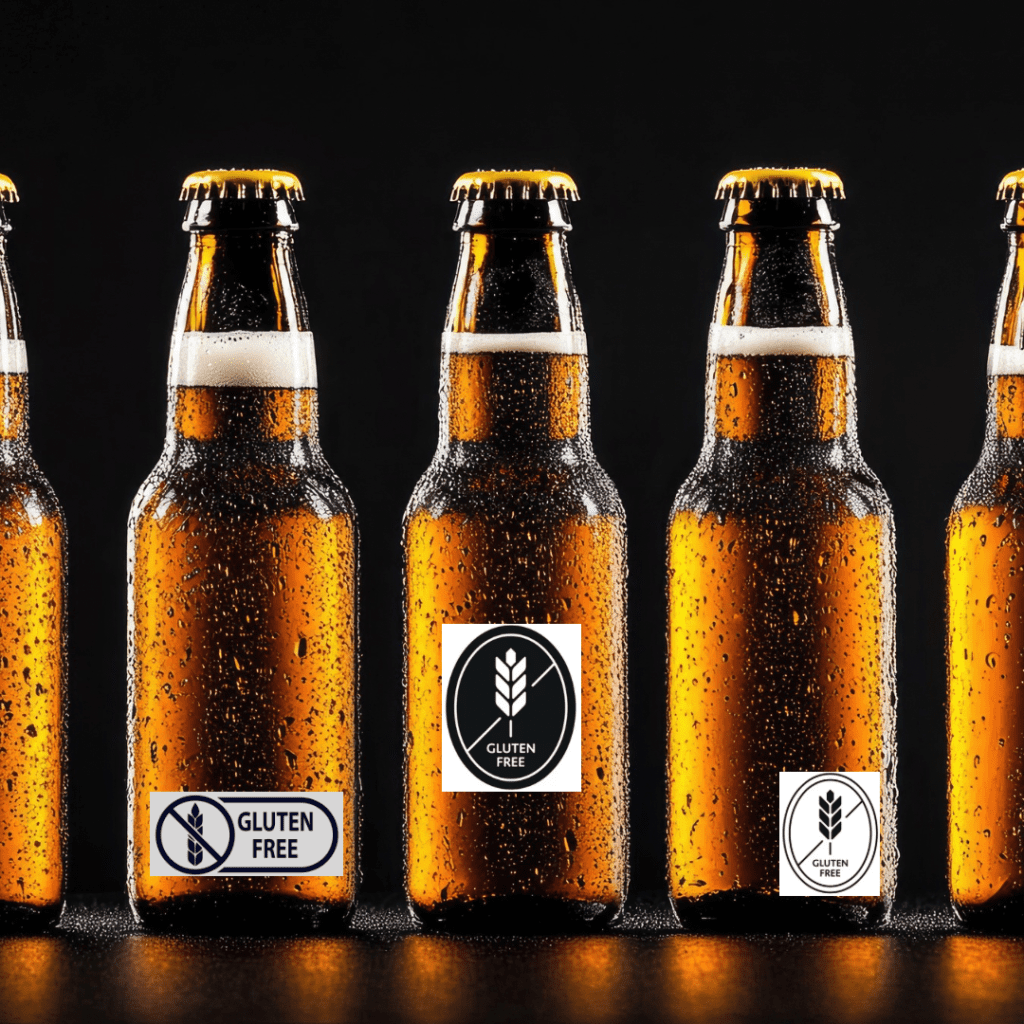

Gluten-free beers like the recently launched option from Darling Brew are on the rise and we were curious… Is it truly that effective or is it just another drinks trend amongst health enthusiasts?
In truth, the answers to this question are rather mixed and opinions vary on this topic. But, before we dive into beer versus its gluten-free cousin, let’s first explain why beer has gluten and why some people can’t consume it.
Gluten is a protein found in grains such as barley, wheat and rye. Ultimately, since beer is brewed from barley, the end product will contain gluten. Celebrity chef, Jamie Oliver explains the beer brewing process as barley being heated in water to extract sugars for yeast, which then turns into alcohol. And, where there is sugar, there is gluten.
Most individuals can consume gluten without any side effects. The issue comes in when one has gluten intolerance, gluten sensitivity, a gluten allergy or the worst, celiac disease.
Doctors explain the latter to be an autoimmune condition affecting the small intestine. In essence, inflammation occurs in this area, which leads to damage of the lining of your small intestine. Eventually, this affects how effectively you absorb nutrients. Studies reveal that 1 in 100 people suffer from this disease.
Most hard liquor, including wines and ciders, do not contain gluten due to the distillation process. Therefore, there are no restrictions on who can consume it where the small intestine is concerned. However, despite not being listed on most ingredient labels, beer has rather high contents of this protein.
In order to make their product more accessible to everyone, beer houses have started to produce gluten-free options. This is done by either reducing the gluten content, or by making beer from something other than gluten-containing ingredients.
Reducing the beer content is, in theory, the easier option and more cost effective. However, these beers cannot lawfully be labelled as gluten-free. Why? Because the beer is still brewed from gluten-containing barley, which is reduced using an enzyme known as Brewers Clarex. Gluten-reduced beer is classifiable when it has less than 100 parts per million of gluten.
Hence, to be fully gluten-free there has to be no cross-contamination or presence of gluten at any point in the entire beer-making process. This means replacing barley with millet, rice, sorghum, buckwheat or corn. As you may have guessed, this does change the taste of the beer. But, the argument is inconclusive over how much change is really noticeable. In order to be labelled as gluten-free, there has to be less than 20 parts per million of gluten, which is said to be quite expensive to achieve.
Consumers have commented that the carbohydrate, calorie and sugar content of gluten-free beer is basically the same as in gluten-reduced and traditional beers. However, they reported feeling less bloating after drinking the gluten-free option. Consequently, this is what created the gluten-free health trend amongst athletes and gym fanatics too.

Darling Brew sits at the top of our list. With their BREAK FREE range of craft beers that are gluten-free, one can enjoy this iconic and timeless beverage without the aches and pains that come with gluten-sensitivity issues. Read more about this beer house here.
For more on food and drink, click here.
Subscribe to our weekly newsletter here.
Follow us on Instagram.
Stay up-to-date on the hottest, hippest and most happening things to do in Mzansi!
